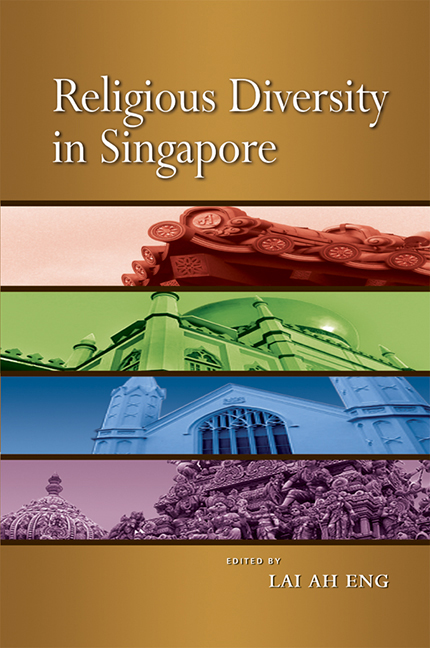Book contents
- Frontmatter
- Contents
- List of Figures and Tables
- List of Appendices
- FOREWORD
- PREFACE
- Acknowledgements
- The Contributors
- Abbreviations
- Glossary
- INTRODUCTION
- PART I The Landscape of Religious Diversity
- PART II Religion in Schools and Among the Young
- PART III Religion in the Media
- PART IV Religious Organizations in Social Services
- PART V Interfaith Issues and Interaction
- Index
INTRODUCTION
Published online by Cambridge University Press: 21 October 2015
- Frontmatter
- Contents
- List of Figures and Tables
- List of Appendices
- FOREWORD
- PREFACE
- Acknowledgements
- The Contributors
- Abbreviations
- Glossary
- INTRODUCTION
- PART I The Landscape of Religious Diversity
- PART II Religion in Schools and Among the Young
- PART III Religion in the Media
- PART IV Religious Organizations in Social Services
- PART V Interfaith Issues and Interaction
- Index
Summary
BACKGROUND
Religious and ethno-religious issues are inherent in multiethnic and multireligious societies, and require ongoing attention.
Singapore is no exception. It has long been a multiethnic, multicultural and multi-religious society, being historically and contemporarily at the crossroads of some of the world's major and minor civilizations, cultures, religions and traditions. Today, every major religious tradition in Singapore probably has within it a full religious spectrum, from orthodox, traditional orientations to reform movements and independent spiritual clusters, while other minor religions and movements have created or renewed spaces, membership and expressions in the rapidly evolving city. Most have regional and global links and influences. Religious affiliation is high and religious identification is strong among the population. These have also occurred against a background of growing religiosity and religious change since the 1970s. Recent global, regional and local events and developments have further put the spotlight on religion, and raised issues concerning religious identity, inter-religious relations and their impact on social cohesion.
Despite the diverse and dynamic religious landscape however, there is a lack of in-depth knowledge, nuanced understanding and regular dialogue about various religions and the meanings of living in Singapore's multireligious world. Indeed, claims of ignorance, lack of inter-religious understanding, dialogue and interaction, negative stereotyping and other inter-religious encounters among individuals and groups present potential points of misunderstanding and tension. Some overlaps between ethnicity and religion further lend a heightened dimension and significance to ethnoreligious identities and issues. While much is happening on the ground, studies and published literature are few or limited in scope and research has generally fallen behind realities and developments. Literature on various religions, while abundant, tends to be focused on their respective religious concerns and congregations. There is a lack of systematic studies or surveys and little on religion in national census coverage.
Recognizing that religious diversity and issues in Singapore need to be better appreciated, understood and managed, The Institute of Policy Studies (IPS) undertook the Research Project on Religious Diversity and Harmony in Singapore (2004–2007). The project's objectives were threefold: (1) to identify key trends and issues, (2) to offer insights and suggestions for policy, practice and social management, and (3) to contribute to interreligious understanding and harmony, in the interests of social cohesion and the common good in Singapore.
- Type
- Chapter
- Information
- Religious Diversity in Singapore , pp. xliii - lixPublisher: ISEAS–Yusof Ishak InstitutePrint publication year: 2008

